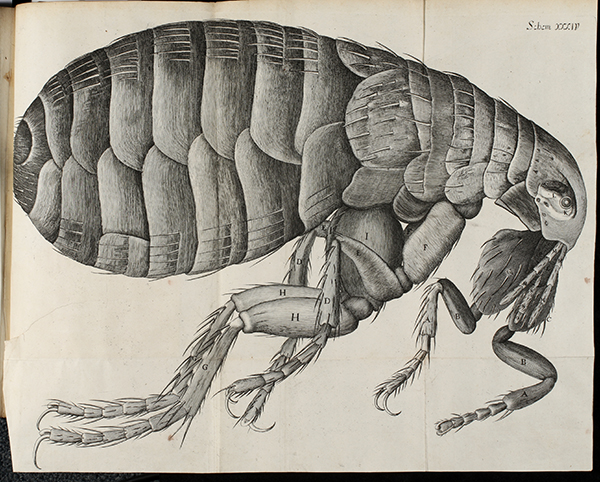If you've visited our building, the Allen Memorial Medical Library in person this month, you may have noticed two new Dittrick Medical History Center exhibit cases on the 2nd-floor landing. We will regularly display exhibits in progress, unusual combinations of artifacts, and new collections research in these publically accessible "mini-exhibits." One display, At the Dittrick, we're exploring... presents new themes and ideas we're developing for larger exhibits, events, and research projects. The second exhibit, What's New (and Old) at the Dittrick? displays modern medical devices alongside their technological ancestors.
Click here to see the online version of our newest mini-exhibit, At the Dittrick,...
Exhibits
Today we want to talk about Juno in celebration of #WomensHistoryMonth!
We have written before about our wonderful "greeter," Juno, the transparent anatomical model. She has become a mainstay here, but Juno is a well-traveled woman! In the 1920s, the Deutsches-Hygiene-Museum in Dresden, Germany, created a fully operable model of the human body, depicting “the human body as a machine.” Despite becoming part of East Germany after WWII, the museum continued to make these models and some of the employees managed to leave East for West, helping to create the Köln Krankenhaus Museum. It was here that Juno was "born";...
When Dutch spectacle-makers first crafted the microscope around 1600, they revealed a hidden world of tiny organisms! Who could imagine such monsters lived out of sight? But the early microscope only offered low magnification and blurry images; it would take improvements by Robert Hook to turn a novelty enjoyed for its curious revelations into a serious scientific tool.
Who Was Robert Hooke?
English philosopher Robert Hooke’ published Micrographia: in 1665 and brought microscopy into public view in sensational fashion. The profusely illustrated book ranged widely from the construction of microscopes themselves, to the spectrum of color, the crystal structure of objects,...
For our final #MuseumWeek post we're talking about why we LOVE medical history and why we hope that love is contagious! #loveMW
It's not uncommon for the Dittrick Medical History Center to be referred to a bit like a cabinet of curiosities, a niche museum, or perhaps more kindly, a "hidden treasure." Although we've always worked to make collections accessible and major public engagement efforts are underway, we still often have to make the case for the (sometimes not so) implicit question "Why should I care about medical history?"
The answer tends to go a little like this:
Medical history is the history...




